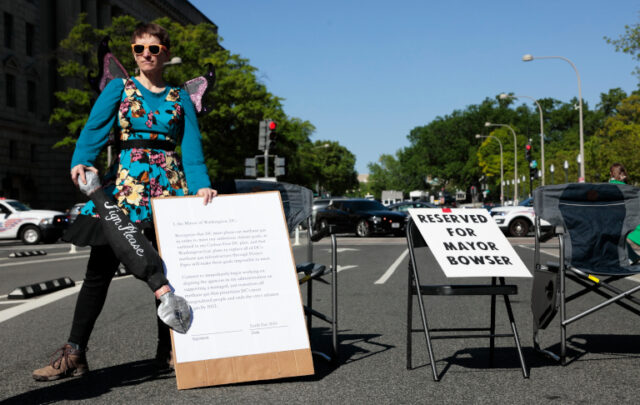Click on the headline (link) for the full text.
Many more articles are available through the Energy Bulletin homepage
Carbon dioxide emission [growth] rates have doubled since 1990s
Meraiah Foley, AP via USA Today
SYDNEY, Australia — The [growth in the] rate at which humans are pumping carbon dioxide into the atmosphere has more than doubled since the 1990s, according to Australian research, the latest report warning about the high rate of emissions accumulating in the atmosphere.
Findings published by Australia’s Commonwealth Scientific and Industrial Research Organization also showed that 2005 marked the fourth-consecutive year of increased carbon dioxide emissions.
“To have four years in a row of above-average carbon dioxide growth is unprecedented,” Paul Fraser, a scientist with the CSIRO’s center for marine and atmospheric research, said in a statement.
The study analyzed a 30-year record of air samples collected at an Australian Bureau of Meteorology observation station on the southern island state of Tasmania.
Mike Raupach, a scientist with the organization, said from 2000 to 2005 the growth rate of carbon dioxide emissions was more than 2.5% per year, whereas in the 1990s it was less than 1% per year.
(29 Nov 2006)
Clarifications added. I haven’t checked out the CSIRO report yet, but this article seems to have confusedly stated that annual emission rates have doubled since the 1990s (a doubling time of 7-16 years!) That’s not correct. Rather it is the rate of growth of annual emissions which has doubled. This isn’t a great relief. Not only are annual emissions continuing to grow, they are accelerating. This is super-exponential growth. (There’s probably a proper mathematical term for it, and that’s not it).
If the 2.5% growth rate in annual emissions is maintained, the annual emission rate will double about every 28 years. (If you’ve never heard Dr. Albert Bartlet’s talk on exponential growth, check it out now.)
-AF
Nepal’s farmers on the front line of global climate change
John Vidal, The Guardian
Himalayan communities face catastrophic floods as weather patterns alter
—-
…Nepal is on the front line of climate change and variations on Khetbari’s experience are now being recorded in communities from the freezing Himalayas of the north to the hot lowland plains of the south. For some people the changes are catastrophic.
“The rains are increasingly unpredictable. We always used to have a little rain each month, but now when there is rain it’s very different. It’s more concentrated and intense. It means that crop yields are going down,” says Tekmadur Majsi, whose lands have been progressively washed away by the Tirshuli river. He now lives with 200 other environmental change refugees in tents in a small grove of trees by a highway. In the south villagers are full of minute observations of a changing climate. One notes that wild pigs in the forest now have their young earlier, another that certain types of rice and cucumber will no longer grow where they used to, a third that the days are hotter and that some trees now flower twice a year.
Anecdotal observations are backed by scientists who are recording in Nepal some of the fastest long-term increases in temperatures and rainfall anywhere in the world.
(2 Dec 2006)
Also at Commmon Dreams.
Global Warming: worry, don’t panic
Gar Lipow, Gristmill
A Guardian story suggests that we may have as much as eight degrees of global warming already locked in, in the form of stored heat in the ocean. But a substantial stored-heat backlog in the ocean has been well-known for some time. That it is greater than expected is bad news — but (as I’ve confirmed in correspondence with Gavin Schmidt of Real Climate) this does not mean that all or most of that stored heat is going to “come back” and fry the planet, provided we take action in time.
I know James Lovelock, the brilliant inventor of the Gaia hypothesis, is spreading the “8 degree” misinterpretation, but most climate scientists do not agree with him.
Climate disruption is a serious crisis for the human race, but the reality is bad enough. No need to make solving it harder by exaggerating the threat. RealClimate has posted a number of articles debunking exaggerated panic-mongering:
- Runaway tipping points of no return
- 11ºC warming, climate crisis in 10 years?
- Climate sensitivity: Plus ça change …
- Can 2°C warming be avoided?
(2 Dec 2006)





